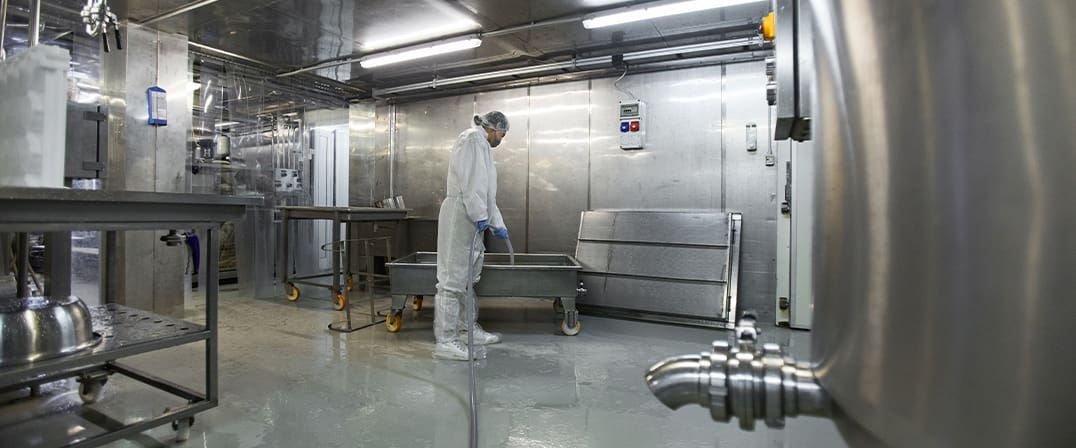Low-Temp Desiccant Technology
Low-temperature desiccant technology operates by utilizing a desiccant material to adsorb moisture from the air at lower temperatures compared to conventional desiccant systems. Low-temperature desiccant technology offers an efficient and effective solution for humidity control in applications where the air temperature is relatively low. By allowing for moisture adsorption at lower temperatures, these systems provide reliable moisture removal while minimizing energy consumption and operating costs.

Here’s How It Works
ADSORPTION OF MOISTURE
- The process begins with the intake of ambient air from the surrounding environment, which typically contains moisture in the form of humidity.
- The incoming air is directed through a desiccant wheel or rotor, which contains a desiccant material such as silica gel or molecular sieve.
- Unlike conventional desiccant systems, low-temperature desiccant technology allows for moisture adsorption to occur at lower temperatures, making it suitable for applications where the air temperature is relatively low.
- The desiccant material has a high affinity for moisture, allowing it to adsorb water vapor from the incoming air as it passes through the wheel.
- As a result, the moisture content in the air is significantly reduced, leading to lower humidity levels in the conditioned space.
REGENERATION OF DESICCANT
- Over time, the desiccant material in the wheel becomes saturated with moisture and needs to be regenerated to maintain its effectiveness.
- Desiccant regeneration is typically achieved by exposing the saturated desiccant material to heat. In low-temperature desiccant systems, this heat may be provided by various means, such as electric resistance heaters, solar energy, or waste heat from other processes.
- The heat source raises the temperature of the desiccant material, causing the absorbed moisture to evaporate and the desiccant to dry out.
- The regenerated desiccant material is then ready for the next cycle of moisture removal.
EXHAUST OF MOISTURE-LADEN AIR
- During the regeneration process, the moisture-laden air produced by the evaporation of moisture from the desiccant material is exhausted from the system.
- The exhaust air may be vented outside the conditioned space or used for other purposes, depending on the specific system design and application.
CONTROL AND MONITORING
- Low-temperature desiccant systems are equipped with controls and sensors to monitor and regulate the operation of the system.
- These controls ensure that the desiccant regeneration process occurs at the appropriate times and temperatures to maintain optimal system performance and efficiency.
- Additionally, the system may be integrated with building automation systems (BAS) or other control systems to coordinate operation with other HVAC equipment and maintain desired indoor conditions.
Applications

Low-temperature desiccant systems are used in environments where humidity control is required at lower temperatures, such as cold storage facilities, refrigerated warehouses, and some cleanroom applications.
Benefits

Low-temperature desiccant technology provides efficient moisture removal in environments with lower temperatures, offering energy savings and improved system performance in specific applications.

